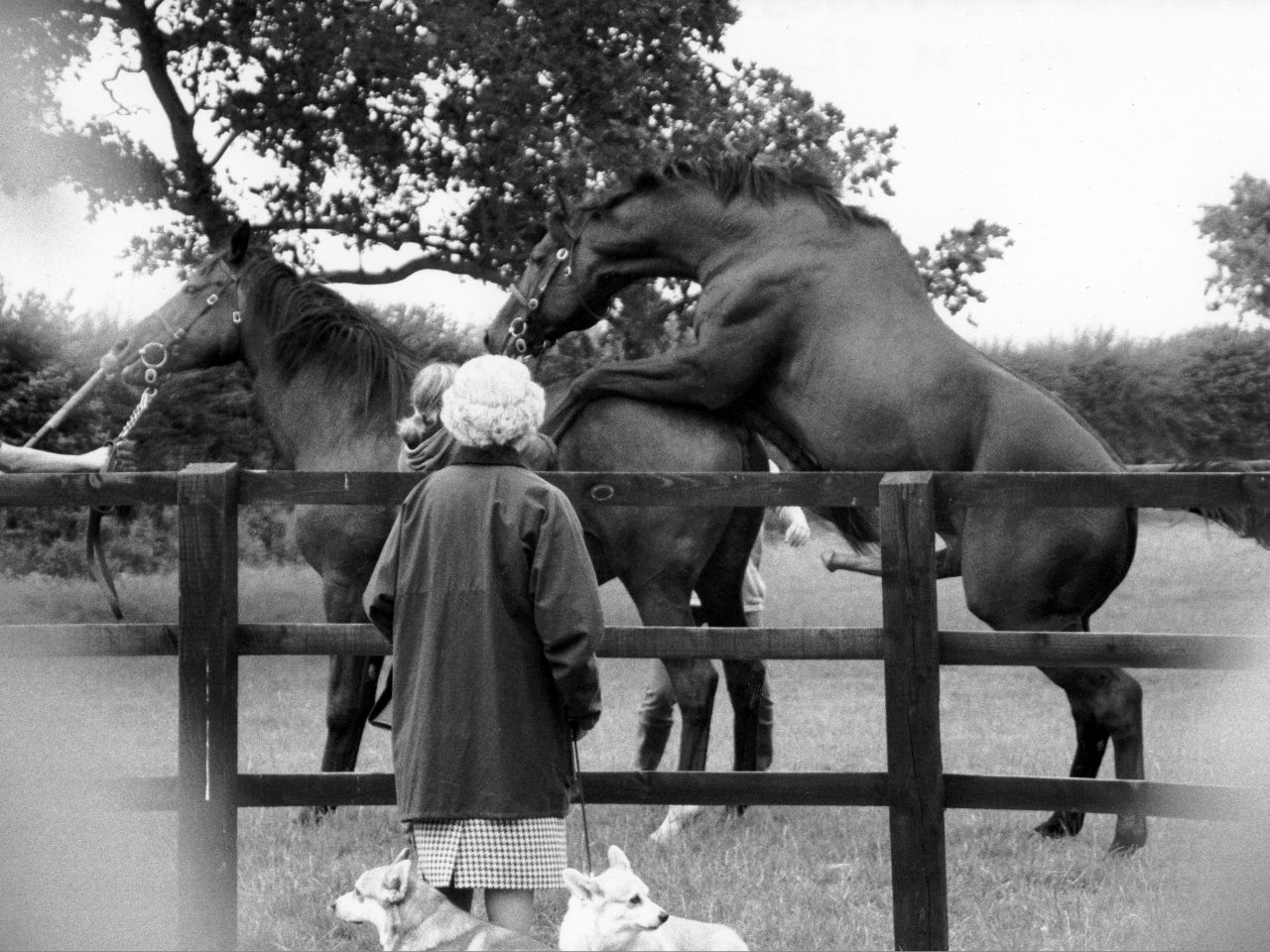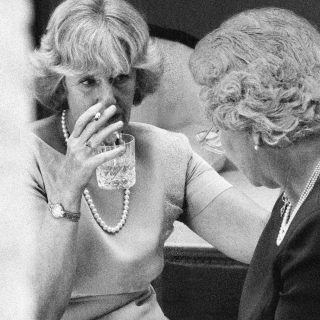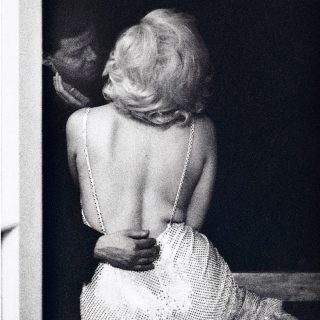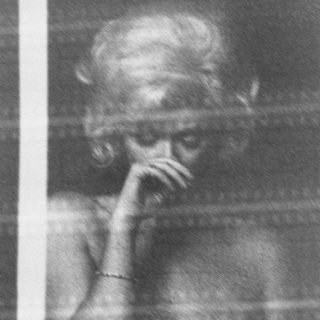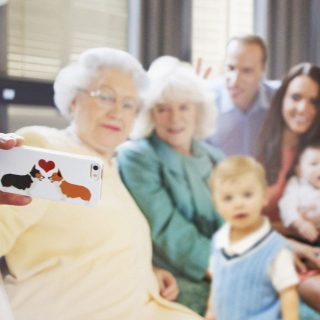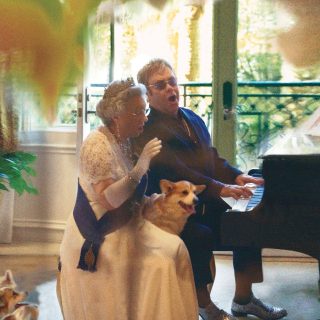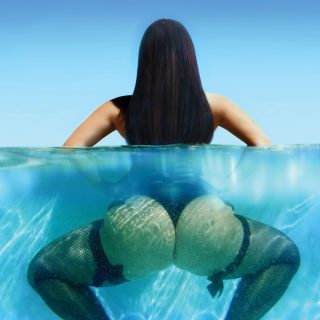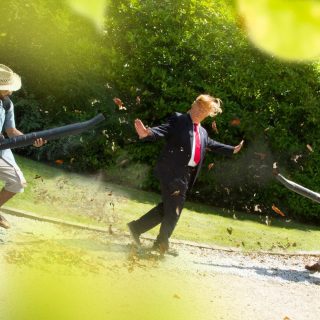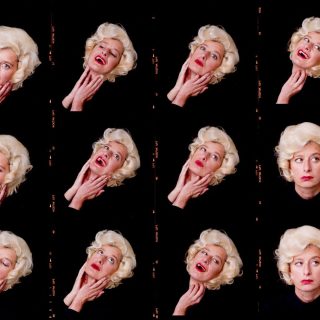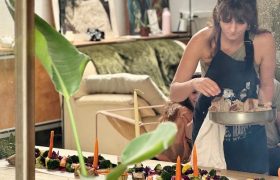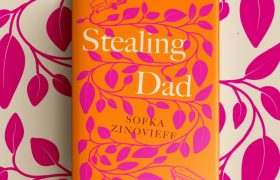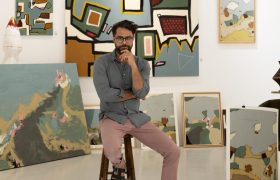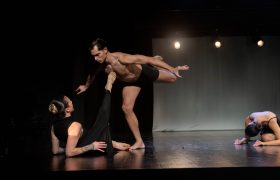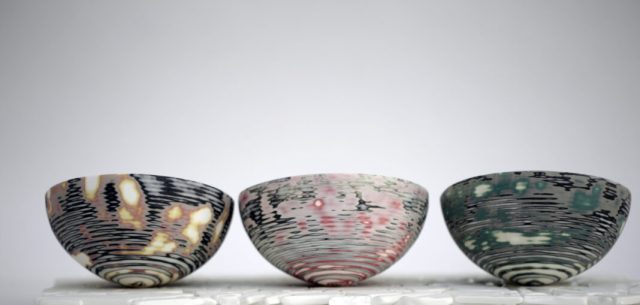Visual Trickster or Compelling Storyteller? Alison Jackson’s deceptive photography
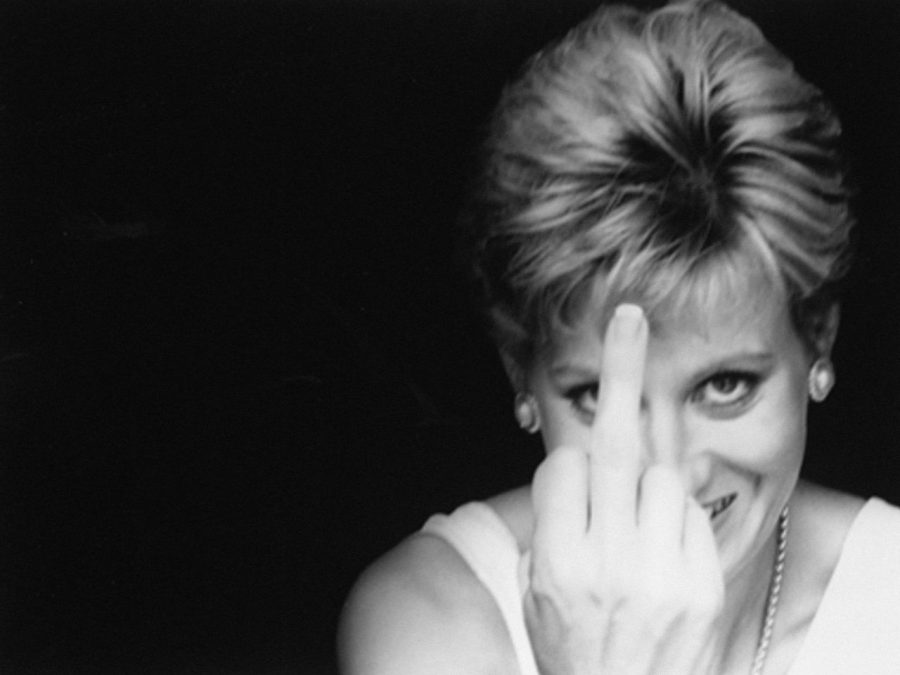
BAFTA and multi-award winning artist Alison Jackson explores how photography, the cult of celebrity, the media and the internet have transformed our relationship to what is real. On the eve of her upcoming exhibition in Athens, where she presents her ‘never seen before’ Disaster Series and her director’s cut video from the exclusive Duran Duran 40 year’s anniversary movie, she speaks to Sudha Nair-Iliades.
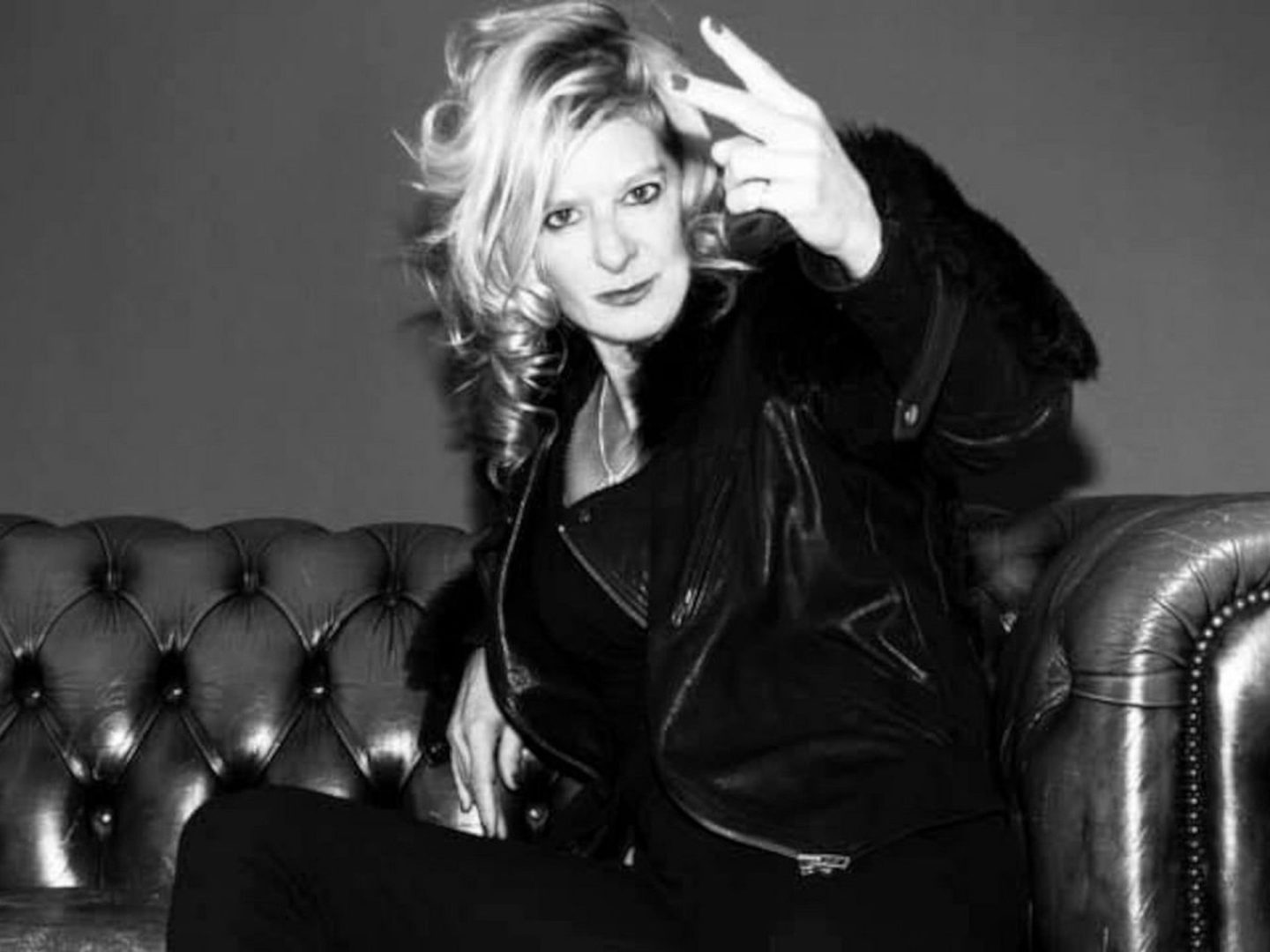
In a world of constant dread exacerbated by endless 24/7 bad news delivered by the media, Jackson’s work raises questions about fake news and alternative facts by creating fantasy scenarios we have all imagined but never seen before. Fired by voyeurism, fantasy touches on the believable. Jackson explores the media construction of celebrity and whether we can believe what we see when we live in a mediated world of screens, imagery and internet. She speaks to Athens Insider at length on her singular brand of photography.
You are a rare breed of artist who runs down the claims of your chosen medium. You’ve challenged the premise ‘the camera does not lie’ by proving that it does so – consistently. Do you think you serve your medium by demystifying it?
The very nature of photography is highly seductive and seduces us into believing we can believe it! So, when we look at a photograph we think, we can’t believe it but at the same time we come away thinking it maybe or is true.
This is a real problem when we live our lives through imagery – photography has become our first language. It surrounds us daily in every media and we glean ‘truth’ by it. And we want to believe it’s real.
The Queen Watches her Horses Mate
We can’t tell what’s real or fake anymore. We don’t care whether it is or not. We have reached a glass ceiling on it. We will never know if the photograph you are looking at is real or fake. So we end up liking the fake, it appeals to our imaginations and is is easier to digest, news often becoming a perverse entertainment.
Photography incites us all to see more because we can never have or reach what’s depicted, we are always chasing after the thing that evades us, the subject of the image. This incites desire; what you can’t have you want more of.
The person depicted is just an object on a two-dimensional screen or piece of paper. The objectification of the person seen (for a split second) in the photograph is a delight for the viewer – we have power over that object (that person), we can put the pic in the bin, switch off the TV, shout at it etc.. collectively that can make or break a real person’s life/career etc.
We can project our feelings and views onto that object which is a source of entertainment, distraction and creates a strong belief (system) which can be misguided.
What I try to do with my work is to make private scenes of celebrities doing things in private and make it look real. But it is real – just that it is John Smith and Sarah Brown depicted in the image not The Queen or Donald Trump. You can’t rely on your own perception when it comes to photography. My work is authentic it is just your mind is f**ked if you believe it and I want the viewer to see that.
My work is meant to be thought-provoking about the very nature of photography which I hate. I think it is a slimy deceitful medium that surrounds us. I started and created this whole body of work based on how it is an untrustworthy medium that we live by.
I play on the photograph’s key qualities – the way it creates this desire to look at some third party via a barrier of the screen, to invade the private yet the view remains protected from the real subject, so further I try to seduce people in to thinking that they are looking at something they can’t normally and certainly shouldn’t be. I create a push – pull, the viewer then is revolted, but then returns to look again knowing they are shielded from the push back of the real person.
I can show images of what people are really like in private demystifying their public image. Breaking down barriers between the public and the private.
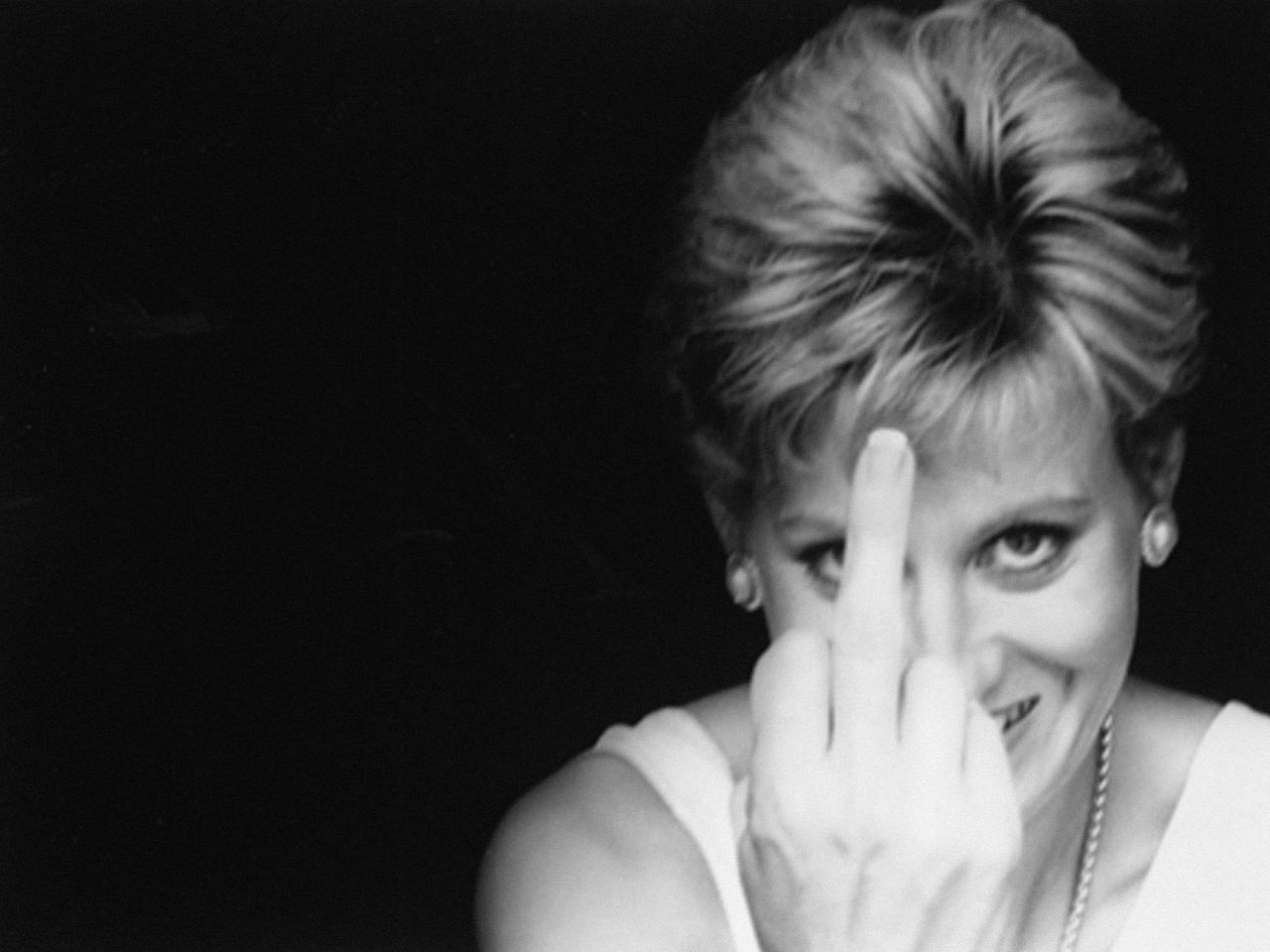
Diana shows the finger@alisonjacksonartist
What sparked your interest in creating celebrity look-alike ‘portraits’? Did you realise then, that it would find resonance across the world?
It all started really when Princess Diana died and people started to mourn her death. I just wondered, why on earth are they mourning her death in this fashion? They were caring more about her than if one of their relatives had died. It was just this extraordinary mass collective phenomenon. I was compelled to make work because we only really knew about princess Diana through media stories. We didn’t really know her for real.I was fascinated by this gap. So, I tried to look at that divide, and what she was doing with her private persona and her public persona, and playing that media cat-and-mouse game. The media went crazy. I’ve never seen anything like it since. I started making work the day she died. It’s as if she just seeped into everyone’s psyche without us paying attention.
I was at the Royal College of Art at the time. They really wanted to expel me. I made work about Cronenberg’s Crash (1996) in relation to Diana’s crash. On copyright grounds, the Royal College would not let me show that work. So, I thought, well, I’ll fake it. I’ll get a model that looks like the actors in Cronenberg’s Crash. I’ll get them looking over a car crash, or someone having sex. It was all staged. So, they allowed me to share it because there weren’t any copyright breaches. But when I came down in the morning, the exhibit had been totally vandalized. All I can say is the Royal College of Art did not want to lose their Royal emblem. Prince Phillip was very much around on a weekly basis. So I was a bit of a thorn in the side of the Royal College of Art. They were patronized by the Royal family, which I suppose is the sort of thing that might provoke me into making the work in the first place. I’m a rebel, I’m a bit mischievous, and I don’t like doors that you can’t see through.
- Royal Selfie
- The real Sir Elton John with ‘The Queen’
I made Princess Diana, Dodi Fayed, and their imaginary love child because this was an image that already existed in the public mind and I just articulated it visually – people would look at it believing it and go, oh, I didn’t realize that she had a baby, and then suddenly curb what they had said. At the time, Diana was in love with Dodi, but was she engaged to him? Was she married? Was she going to get married? Was she murdered because she was pregnant by an Arab man? And so, the photograph caused complete uproar, but it wasn’t making a judgment. We are all imagining this could have happened. People were laying flowers underneath it. It was this kind of shrine. And at the same time, people were vilifying me in the media. I remember coming to my studio at the Royal College of Art thinking, okay this is my last day, they are allowing me to show this photograph, and I’ll just go and stand by it. When I came out, there was something like sixty paparazzi waiting to take a photograph of me and I came around looking really messy with chemicals in my hair, and you know, not ready at all. But who set it up? Who set up that array of paparazzi, because it certainly wasn’t me
So this wasn’t. intentional to spark attention – I was sitting every day in my studio overlooking Kensington Palace where Princess Diana lived, and where her death was mourned in this extraordinary way with thousands and thousands of people making a pilgrimage outside her windows, with flowers, candles and tears.
The word from the newspaper editors to their journalists was ‘make the world cry’ and they did. I just observed this and was compelled to make work about the construct of Princess Diana and then further with other celebrities and public figures.
- Kim in the Pool
- Trump and Leafblowers
- Alison Monroe Contact sheet
How would you describe yourself – as a cheeky caricaturist of our media-hungry, celebrity-obsessed culture? Or as a social observer exposing society’s weakness for voyeurism?
The latter really although I have a mischievous streak. I am fascinated by collective belief systems, herd psyche, herd interests, the power and control of them. I am always trying to find out who the real puppet masters are.
Do you think that all societies are equally voyeuristic or that the British tabloids have created an invasive, celebrity-obsessed sub-culture unique to the UK? Do you somehow feed into that frenzy?
All societies are equally voyeuristic its just uk has a developed tabloid distribution network of newspapers and the daily mail specially writing for women ( created at the time of princess diana’s death ) . celebrity obsession majority is women,
How do you come up with the concepts for your photographs? Do you spend a lot of time studying news stories or following the private lives of celebrities?
I am like a sponge sapping up stories and news all the time, I don’t know how it gets into my psyche and that is the point of my work – I still remember exactly what I was doing when I heard the news about princess Diana’s death even tho I didn’t pay much attention to her when she was alive. And I remember exactly what I was doing when the twin towers were destroyed – a terrible tragedy and visual bomb no one can forget.
There are certain images that are constructed so well that resonate they are difficult to remove from our minds
I come up with ideas all the time endlessly – it is exhausting. I lived a childhood made up of very different private and public behaviour – allowed to play in private very mischievously, yet, everytime I appeared in public, with adults present, I had to put on a false, well behaved front and behave properly in a very disciplined and propermanner – I am sure this has a big bearing on my interests now.
Since we’re in Greece, do you think that the shock value of your photographs or celeb stories pale in comparison to the plots and twists of Greek myths? Which Greek characters (ancient or contemporary) would you have loved to shoot?
My work is based on real people, I try to keep the stories in my work always plausible, when you look at them they could be real , albeit some celeb behaviour does become as crazy and as wild as some of the Greek myths.
Greek myths are based on the imaginary; birthed from clam shells; gods impregnating clouds or mortals being cursed for eternity, – Leda Gets Down and Dirty with a Swan; Kronos Eats All the Children He Can Produce and Cuts Off His Dad’s Penis – I hope the average celeb doesn’t behave like this in private although divas can be divas.
So the Greek myths do and can become outrageous and wild – and nearer to real celeb reality there are plenty of stories of cheating god husbands – Zeus as the main contender for bad behaviour.
Greek gods are idolized but represent life lessons and the celebrities who are idolized represent many things for us. The myth surrounding the idolized figure is what I am interested in.
Celebrities are like modern-day saints or Greek gods in a way, that represent something though the character of the celeb; for example: Kim K represents famous for being famous, the Queen represents grandmotherly role model; Trump represents the American dream – Anyone can do it! Or just fake real!
Your favourite photograph, and why it is so special?
The Queen on the loo, we can’t imagine the Queen on the loo as our saying goes, but here she is. I am breaking taboos. This photograph is the only one that has never been published in the UK press. (She’s such a public figure who never says a word about her private life in public.)
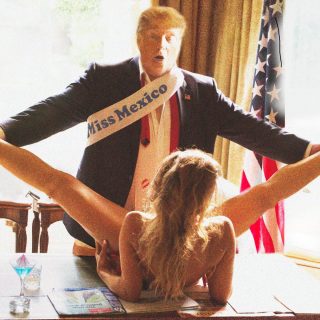
Trump and Miss Mex Mexico
The riskiest photographs you’ve staged?
Di, Dodi and the baby image for causing the most outrage and racial debate at the time.
The Trump lookalike I took to Trump Tower and caused 5th ave to be shut down and thousands of people came from nowhere and I was nearly arrested along with 200 female protesters. However, in the end, the police did a deal with me and gave us an escort with flashing blue lights and sirens to get to Trump Tower, as long as we only stayed there for 10 minutes – something I could have never staged, or got permission for!
For the Bin Laden exhibition, I was protected by the anti-terrorist squad.
Making a film for C4 about Tony Blair and I was put in hand cuffs and nearly arrested ( luckily, I got off, as there was no female police officer to frisk me over the bonnet of my car, and I wouldn’t let a man do it !)
Your dream subject that you haven’t gotten around to shooting?
All the A-list celebrities together, mixing real and fake celebrities and deep fakes, so you really can’t tell what’s real – a total celebrity myth – parable of our time!
Interested people who catch our imaginations and influence us: Boris Johnson, Trump, Putin – world leaders and the difference between their pubic and private truths.
Alison Jackson’s photographs will be on display at the Foyer at the Pallas Theatre. The exhibition has been curated by Marina Nicoletopoulos.
When: From December 2 to December 9, 2021
Opening hours:
Thursday, Friday and Tuesday: from 10:00am to 6:30pm
Sunday and Wednesday: from 10:00am to 5:30pm
Monday closed.
Where: Foyer at The Pallas Theatre, Voukourestiou 5, 105 64, alison-jackson.co.uk

